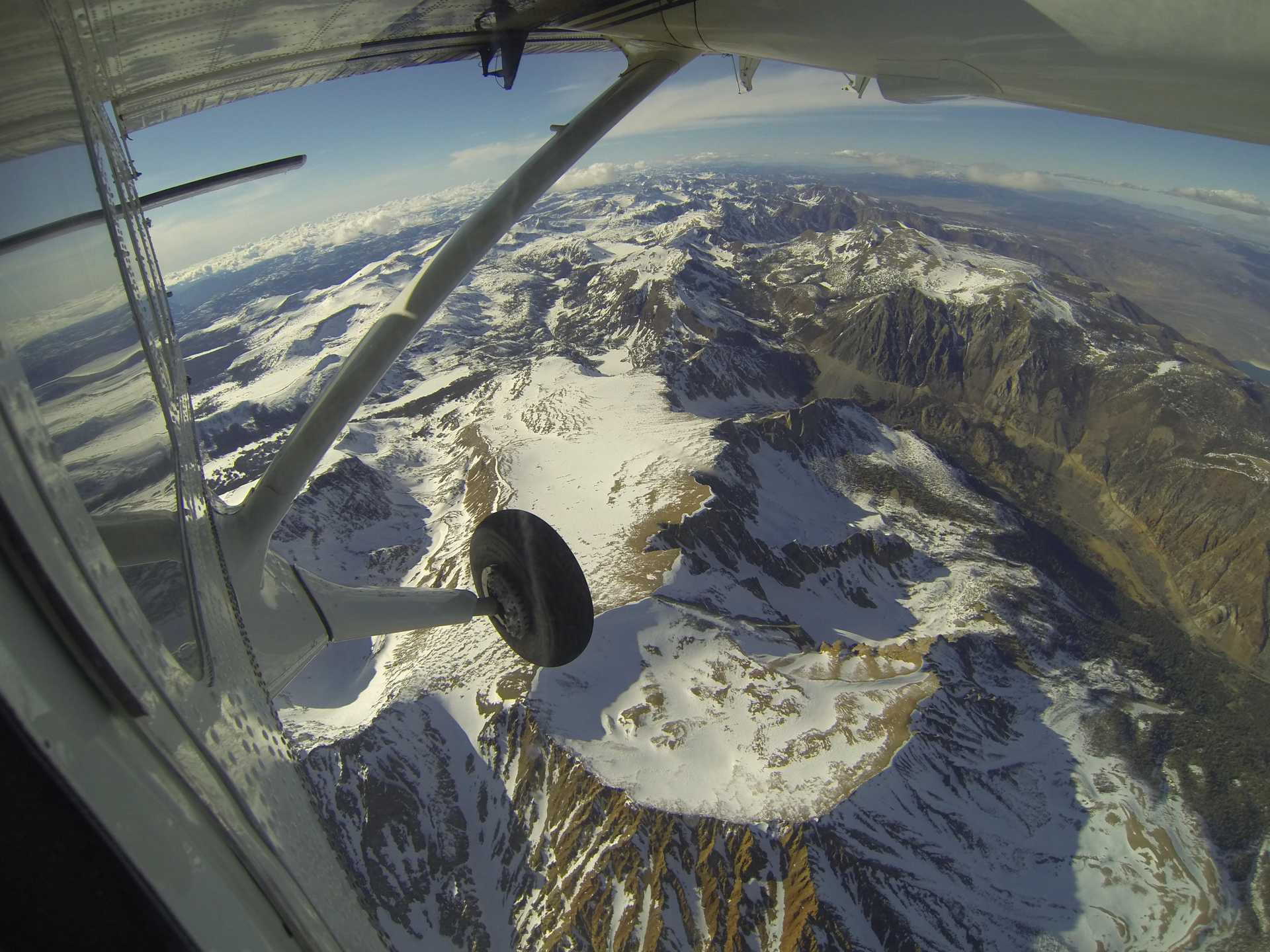About
NASA
conducts and supports Earth Science field investigations, including airborne campaigns, to supplement space-borne observations and advance scientific understanding and predictive capability of our home planet’s natural processes.

CASEI is a comprehensive inventory containing information about past and present airborne and field campaigns, platforms, instruments, geophysical concepts and data products.
Detailed Accounting
Catalog and locate historical and current NASA airborne and field Earth Science investigations/campaigns and data productsEnhanced Metadata
Identify and curate enhanced metadata for improved information and data contextualizationImprove Discovery
Facilitate efficient, intuitive searching of NASA’s airborne and field observations, regardless of where the data are archived
A centralized data discovery tool to provide a simple, consistent interface for researchers, data scientists, decision makers, and application-driven users.
The traditional paradigm of NASA’s field investigations consists of a targeted collection of specific geophysical observations aimed at answering key science questions stemming from the investigation’s primary research objectives. Historically, investigation data have been stored at various NASA Distributed Active Archive Centers (DAACs), NASA Airborne Science facilities, field archives, or even individual researchers’ hard drives. Users of investigation data have typically been those involved in the investigation or in similar investigations. Over time, these knowledgeable researchers retire or move on to other studies, often leaving data isolated and/or inadequately documented, prohibiting reuse.
With the increasing volume of multi-parameter field investigation data, NASA recognizes the value of measurements collected during previous campaigns both for answering new science questions and for studying changes to Earth’s systems and processes over time. CASEI exists to expedite discovery, access, and utilization of archived NASA field investigation data, maximizing the return on the Agency’s investments in their collection and preservation.
ADMG’s primary goal is to ensure NASA airborne and field Earth Science data are discoverable and usable by broad research communities.
NASA’s Airborne Data Management Group (ADMG) operates within the Interagency Implementation and Advanced Concepts Team (IMPACT) at Marshall Space Flight Center, under the direction of NASA’s Earth Science Data Systems (ESDS) . The primary responsibility of ADMG is to support data producers and archivers with the task of ensuring NASA’s airborne and field investigation science data are discoverable and usable by various research communities. Additionally, ADMG serves the various airborne data user communities by providing resource access and key contextual information for past and current NASA airborne and field investigations.